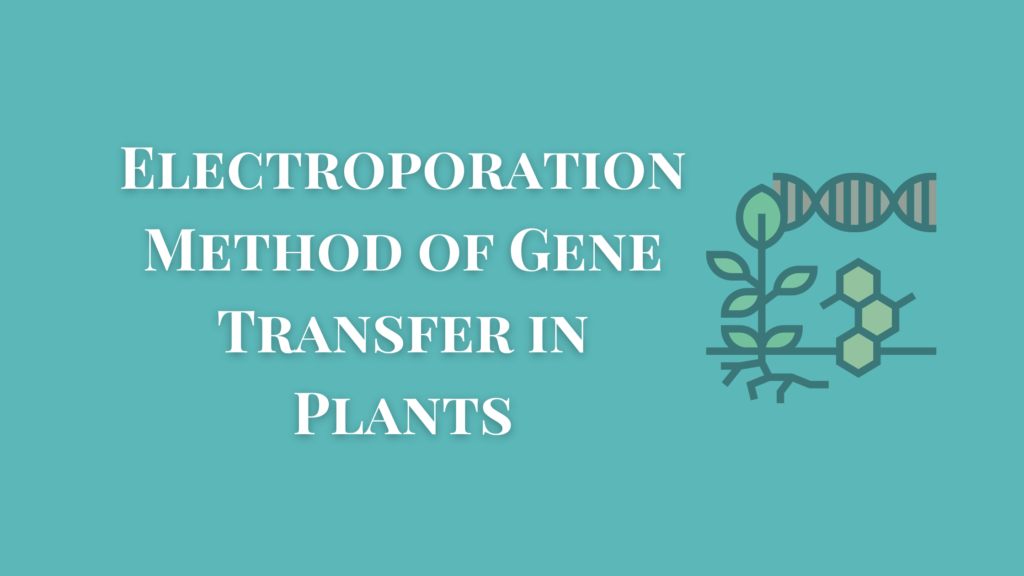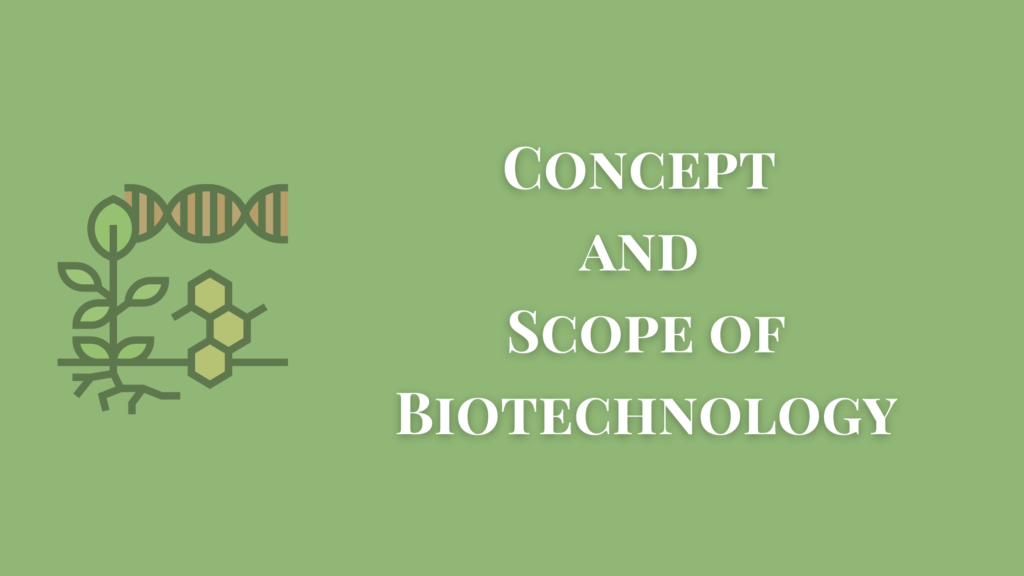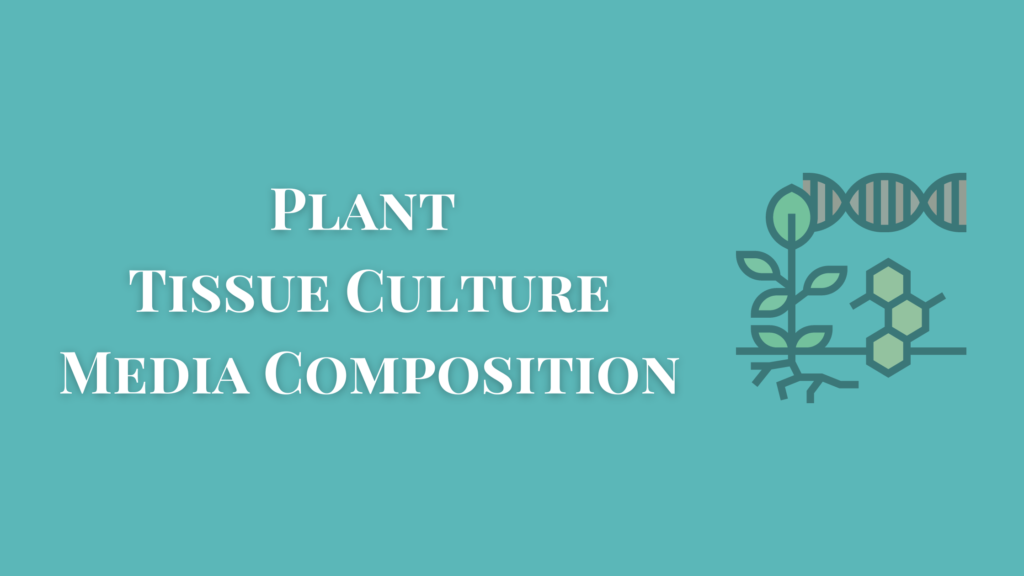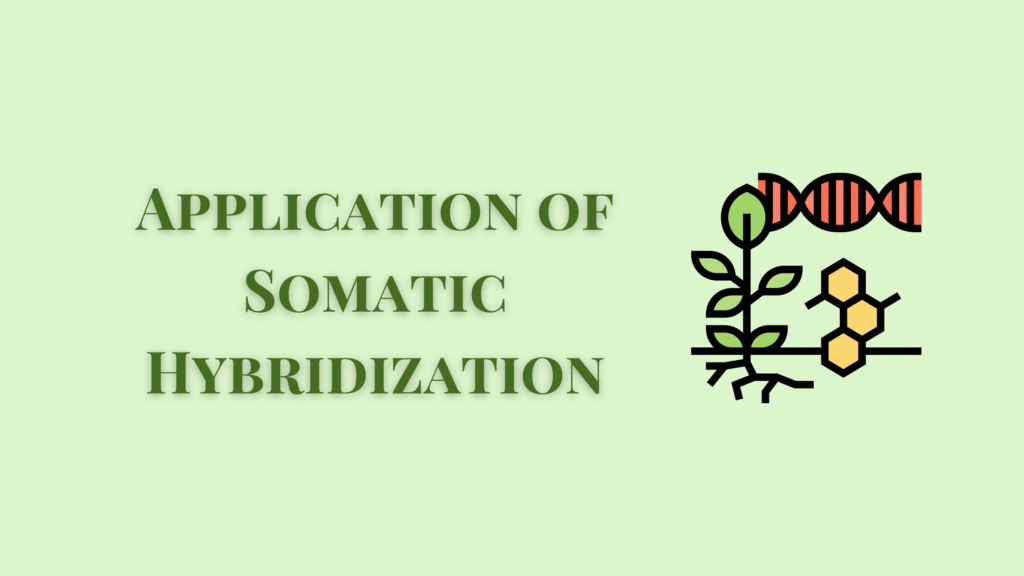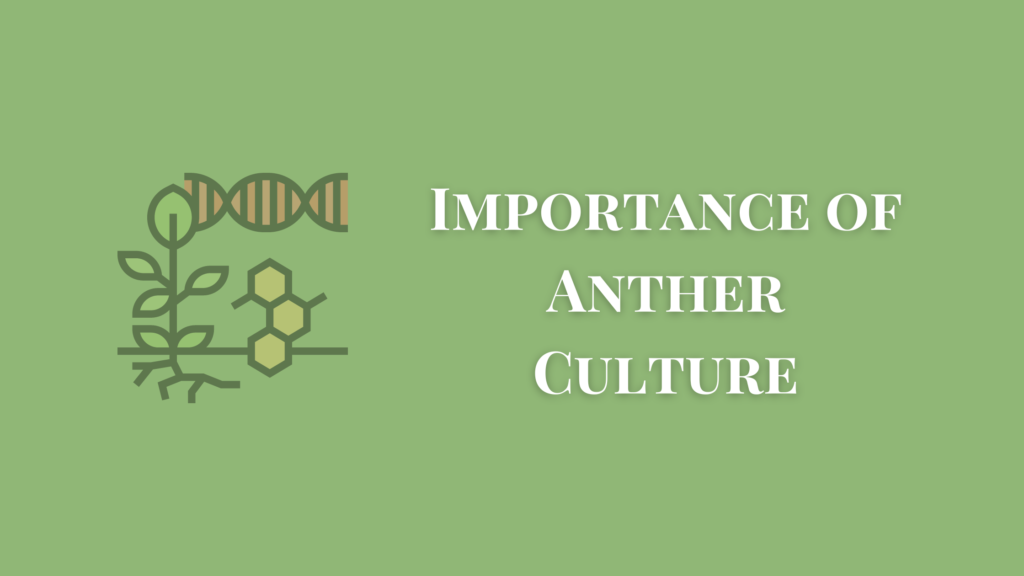The electroporation method of gene transfer is based on the use of electrical impulses of high field strength. These impulses increase the permeability of the protoplast membrane and facilitate the entry of DNA molecules into the cells if the DNA is in direct contact with the membrane.
Given this, for the delivery of DNA to protoplast, electroporation is one of the several routine techniques used for efficient transformation. However, since regeneration from protoplast is not always possible, cultured cells or tissue explants are often used.
Consequently, it is important to list whether electroporation would transfer genes into walled cells. In most cases, it is almost impossible to find any proof of transformation.
Electroporation Method of Gene Transfer in Plants
Preparation
- The first step is to prepare the plant cells by collecting them at the appropriate growth stage.
- They are subject to centrifugation followed by suspension on the electroporation buffer to isolate them.
- Similarly, desired DNA is also collected and isolated appropriately.
Electroporation
- A specialized electroporation chamber is prepared.
- At the same time, a cell-DNA mixture is also prepared and transferred into a cuvette.
- The cuvette is placed in the electroporator and electrical impulses are passed.
- The electroporation impulse is generated by discharging a capacitor across the electrodes in a specially designed electroporation chamber either in a high voltage (1.5kw) rectangular wave pulse of short duration or a low voltage (350 V) pulse for a longer duration.
- A homemade machine will be able to generate a low voltage longer pulse.
- Protoplast is suspended between the electrodes, in an ionic solution containing the vector DNA.
- It is electroporated and then plated.
- Transformed colonies are selected using the electroporation method.
Successful transfer of genes was achieved with the protoplast of tobacco, Petunia, maize, rice, etc. In most of these cases, the gene associated with the suitable promoter sequence was transferred. Transformation frequencies can be further improved by,
- Using a field strength of 1.25 Kw/cm
- Adding PEG after adding DNA
- Heating protoplast at 45 degrees Celsius for 5 minutes before adding DNA
- By using linear instead of circular DNA
Recovery and Culturing of Transformed Cells
- After electroporation, the cuvette is removed from the electroporation machine.
- The cells are now allowed to cool down naturally or placed on ice.
- The cooling period reseals the membrane and the introduced DNA particles are incorporated into the cells.
- When they have cooled down and have reached room temperature, the cells are transferred to the growth medium and incubated for further growth.
Short Gun Method
In some cases, DNA fragments can be identified and characterized so that cloning is straightforward. The desired DNA fragment is incorporated into the host system.
The entire cell’s DNA is treated with the restriction endonuclease I that makes sticky ends. The resulting pieces of DNA are then spliced into plasmids and opened with the same endonuclease. From the progeny, the one containing the desired gene can be selected by biological tests.
Applications of Electroporation
- Electroporation is highly useful for making recombinant proteins, cloning, etc.
- It is used for gene manipulation in plants and other eukaryotic cells through genetic engineering.
- It’s useful for delivering vaccines and drugs by creating DNA vaccines.
- The electroporation method is beneficial for gene therapy and cancer treatment.
Conclusion
While the electroporation method is beneficial, versatile, and consistent with the results, it is not without its disadvantages. The need for specialized equipment, the fluctuations in the transfection efficiency, the failure to induct larger fragments of DNA, and the possible cell death either due to the electrical impulses or during the recovery make it a challenging method for genetic engineering.
